Clear Aligners Session
Day3
Friday 20th Sept
09:00-02:00
Title: Predictability and Effectiveness of Clear Aligner Therapy: An Overview of Systematic Reviews and Meta Analyses
Time: 9:00 - 09:45
Speaker: Dr. Abdulraheem AlWafi
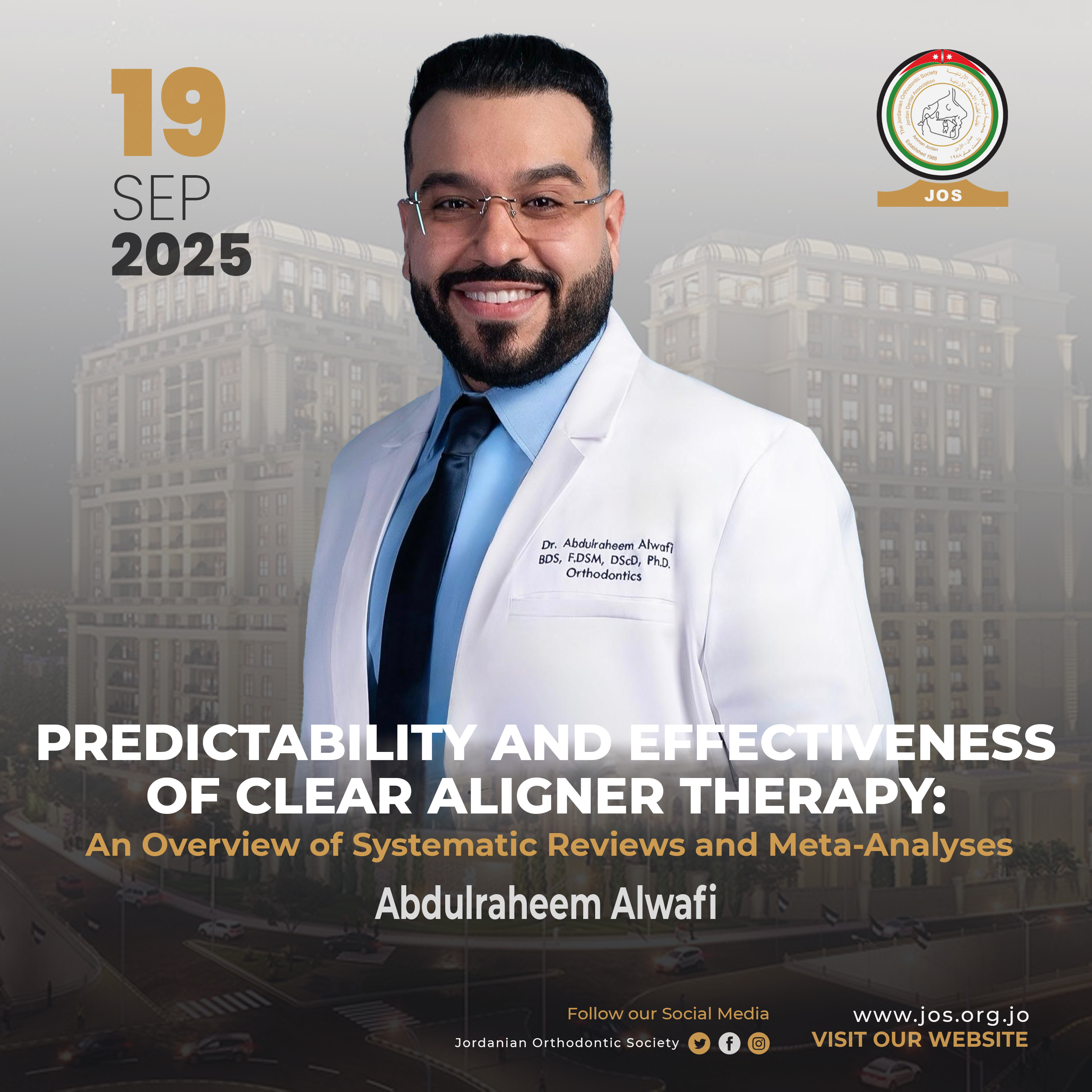
Title: Class II Aligner Blueprint: Evidence Based Protocols
Time: 09:45 - 10:30
Speaker: Dr. Salim Qadri (EON)

Title: Optimizing clear aligner’s treatment using advanced digitalized ortho skills
Time: 10:30 - 11:15
Speaker: Dr. Ibrahim Al-Hamed
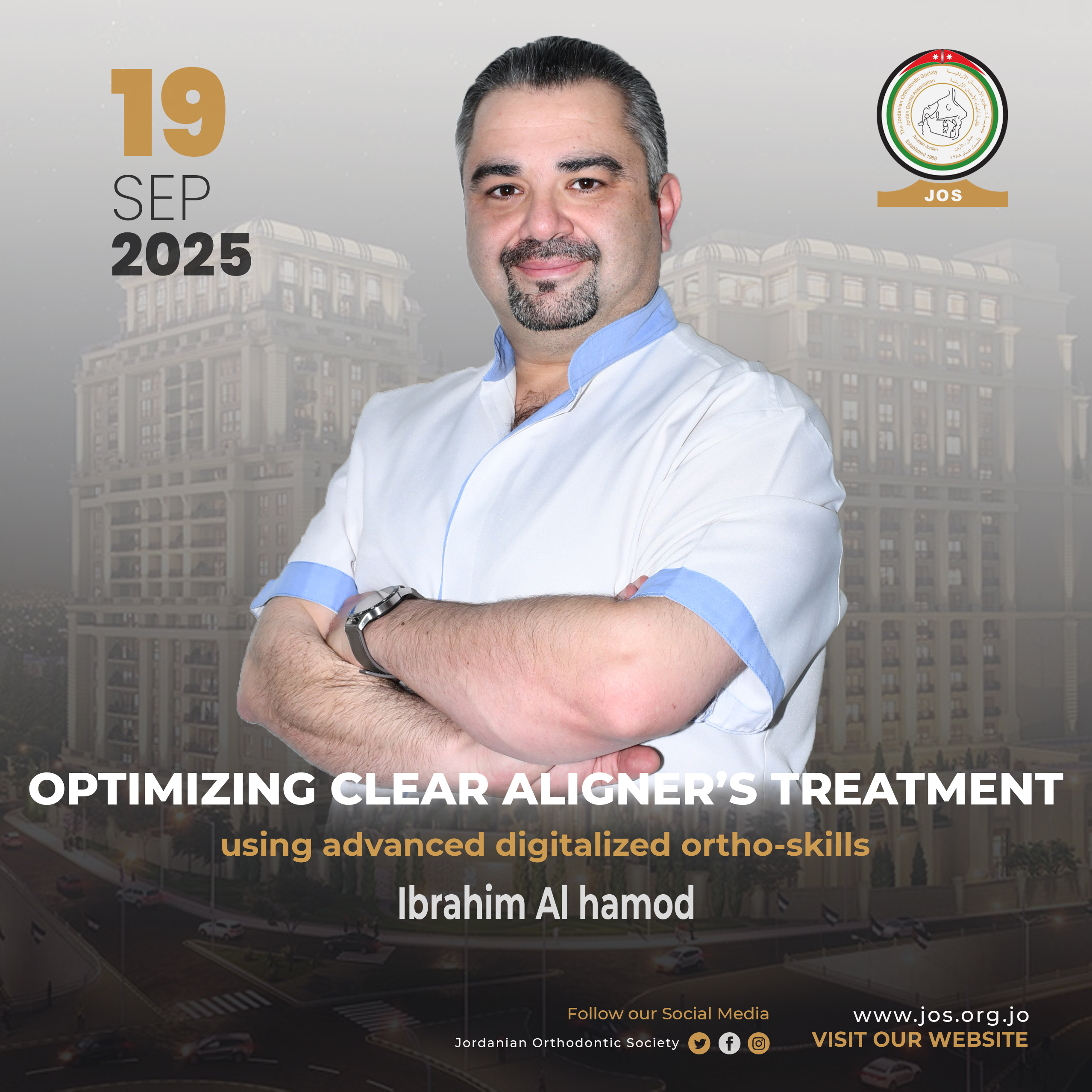
Time: 11:15-11:30 Coffee break
Title: In-House Aligner: "From Handcrafted to Digital Precision"
Time: 11:30 - 12:00
Speaker: Dr. Hamza AlBattikhi
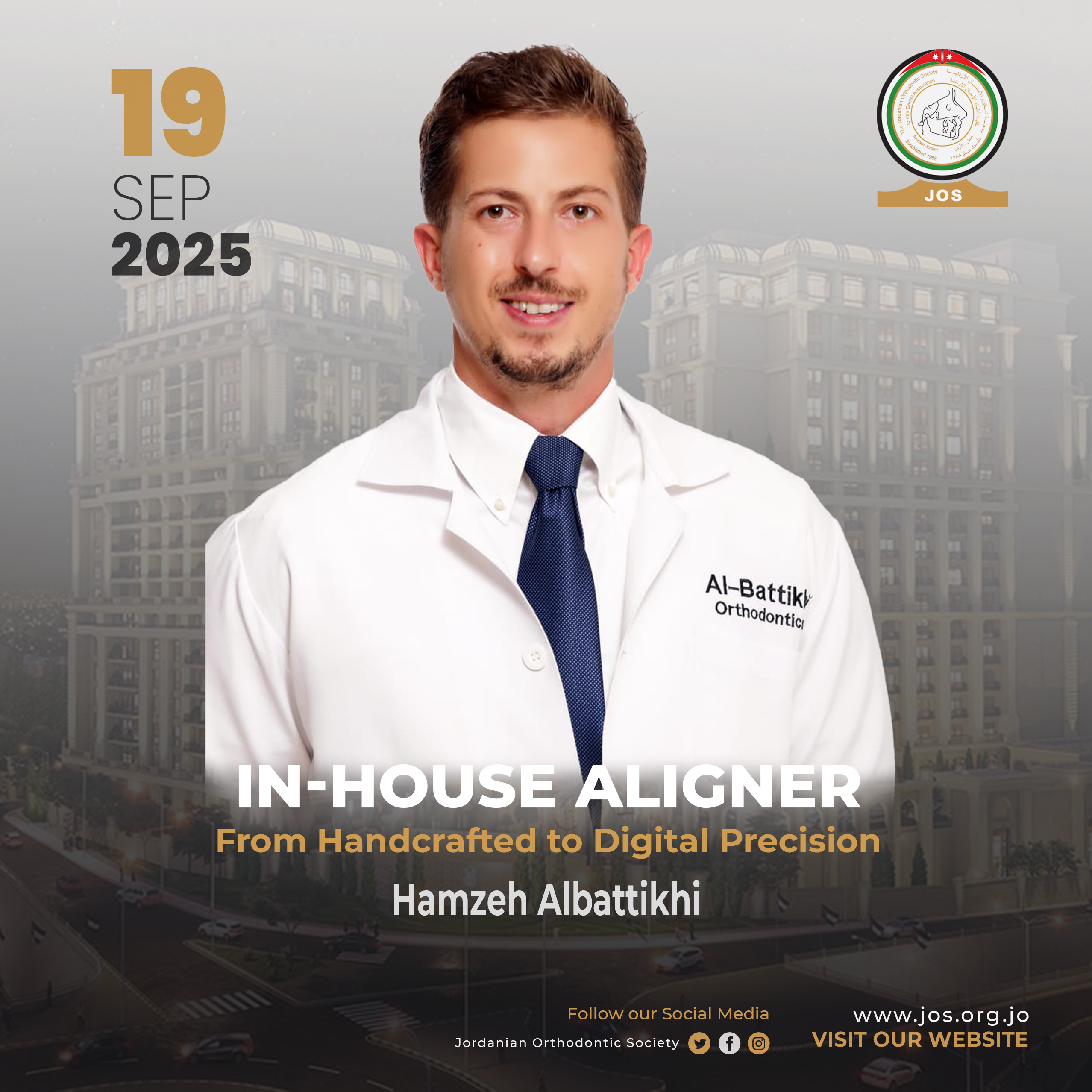
Title: Defining Borders between Clear Aligners and Fixed Orthodontics
Time: 12:00 - 12:30
Speaker: Dr. Bashar AlMomani

Time: 12:30-02:00 Lunch Break

- Ph.D. in Craniofacial Science from the University of British Columbia in Canada.
- Doctorate of Science in Dentistry in Dental Public Health from Boston University in USA.
- Diploma in Orthodontics and a Fellowship in Dental Sleep Medicine from the University of British Columbia.
- Bachelor of Dental Surgery from King Abdulaziz University in Saudi Arabia.
- Earned an American Board of Orthodontics, American Board of Dental Public Health, American Board of Dental Sleep Medicine, and the Royal College of Dentists of Canada in Orthodontics.
- Assistant Professor and course director at King Abdulaziz University’s Faculty of Dentistry.
- Holding an adjunct academic appointment at the University of British Columbia.

- A graduate of the University of Jordan.
- Master's degree in Orthodontics from the prestigious University of Sheffield.
- Proficiency in Aligner Treatment through a partnership with Eon Aligner.
- Lecturer in Orthodontics at University of Jordan.
- Lecturer At the post graduate M. Orth at IDA.
- Membership in Orthodontics - Royal college of surgeons England.
- Membership in Orthodontics - Royal college of surgeons Edinburgh.
- Former head of scientific committee - Jordanian orthodontic society.
- Founder and Chief Orthodontist in Orthodontic Department - Abdali hospital.
- Consultant orthodontist, Qadri Center – Amman.
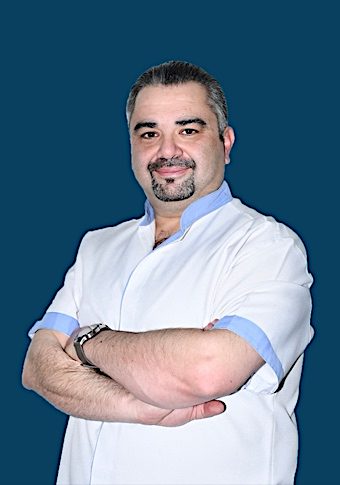
- Specialized in orthodontics from university of Paris.
- Chef of the department of orthodontics at Specialized Dental Center of Damascus Health Directorate, Syrian Ministry of Health.
- Member of administrative board of Syrian Association of Orthodontists.
- Member of Scientific Council of the Syrian Board of Orthodontic Scientific.
- Consultant of Digital Smart Lab and several clear aligner systems.
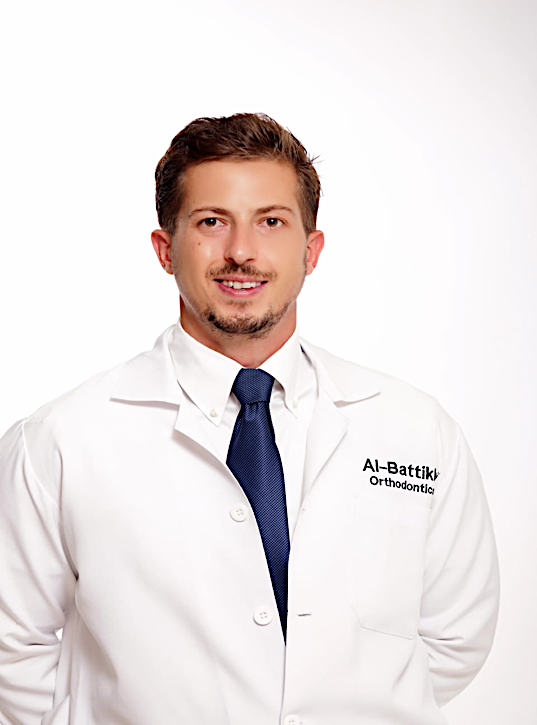
- Specialist in Orthodontics, Founder & Clinical Director – Battikhi Orthodontics and Dental Clinics.
- BDS, Jordan University of Science and Technology.
- Orthodontic Residency, Jordanian Royal Medical Services.
- Part-Time Lecturer in Orthodontics, University of Jordan.
- Scientific Committee Member, Jordan Dental Association.
- Elected Member, Administrative Body of the Jordanian Orthodontic Society (JOS).

- Jordan University of science and technology graduate 2003.
- Diploma of Membership Royal collage of Surgeons “MFDS” Ireland.
- Jordan Board of Orthodontics 2009.
- California state dental license Loma Linda University USA 2009.
- Membership in Orthodontics M. Orth Royal collage of Surgeons Edinburgh.
- Craniofacial Orthodontics fellowship program Chang Gung University Taipei, Taiwan 2013.
- Senior Specialist Cleft Lip Palate unit in Farah Rehabilitation Center Amman 2017.
- Member of Jordan's Medical Council Orthodontics board exam committee.
- Currently working as Consultant Orthodontist at the Royal Medical Services of Jordan King Hussein Medical City.
- Part time lecturer at Jordan University of Science at Technology.
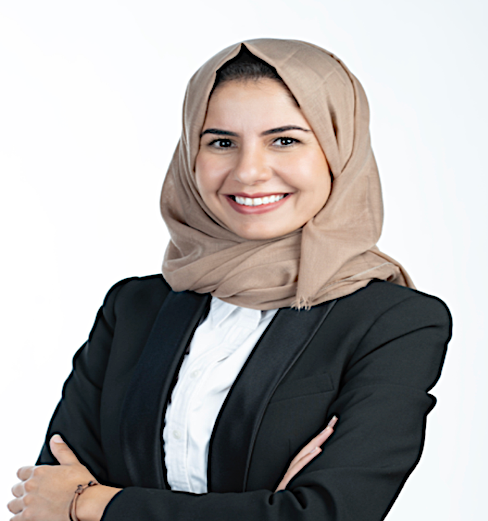
- Orthodontist at Platinum Medical Center, Doha, Qatar.
- Training at Royal United Hospitals, United Kingdom.
- General Practitioner at Platinum Dental Center, Qatar.
- Part-time Lecturer, University of Qatar.
- Jordanian Board in Orthodontics.
- Orthodontic Master degree from University of Bristol, United Kingdom.
- Member of Royal College of Surgeons – M. Orth (England), M. Orth (Edinburgh) and MFDS (Ireland).
- Bachelor Degree in Dental Surgery from Jordan University of Science & Technology, Jordan.